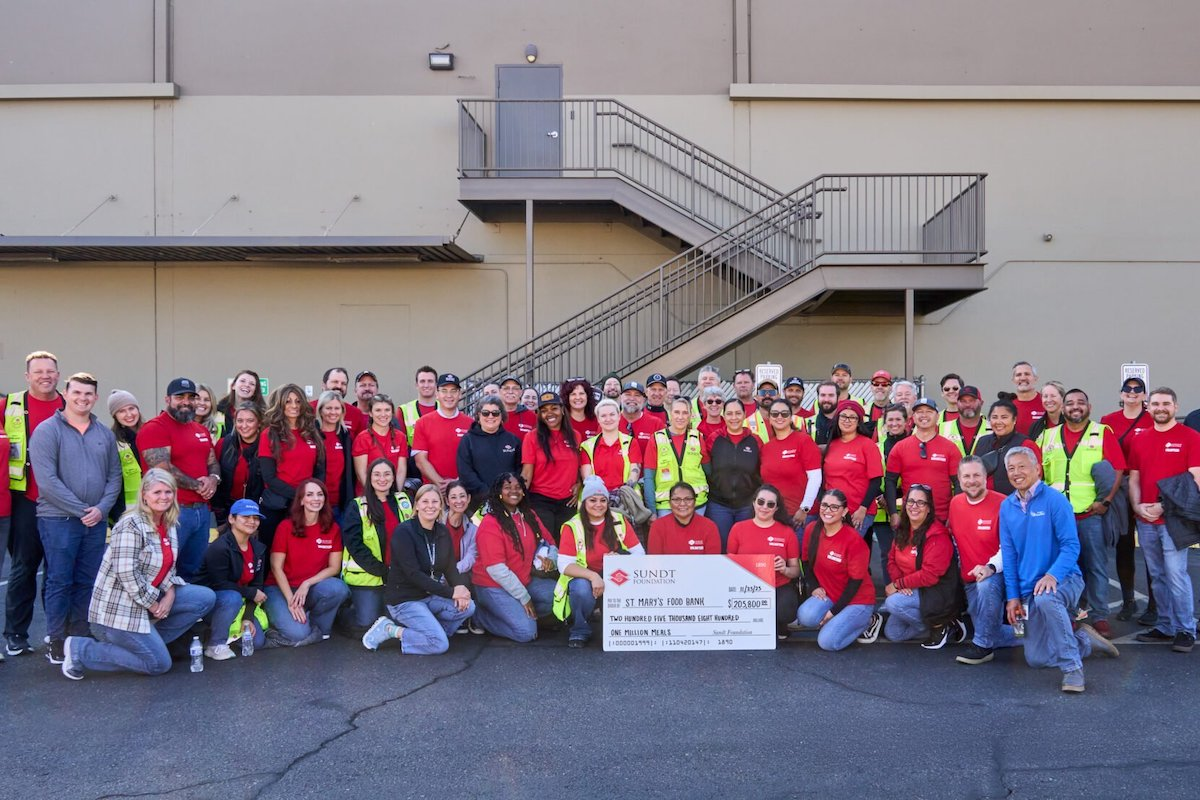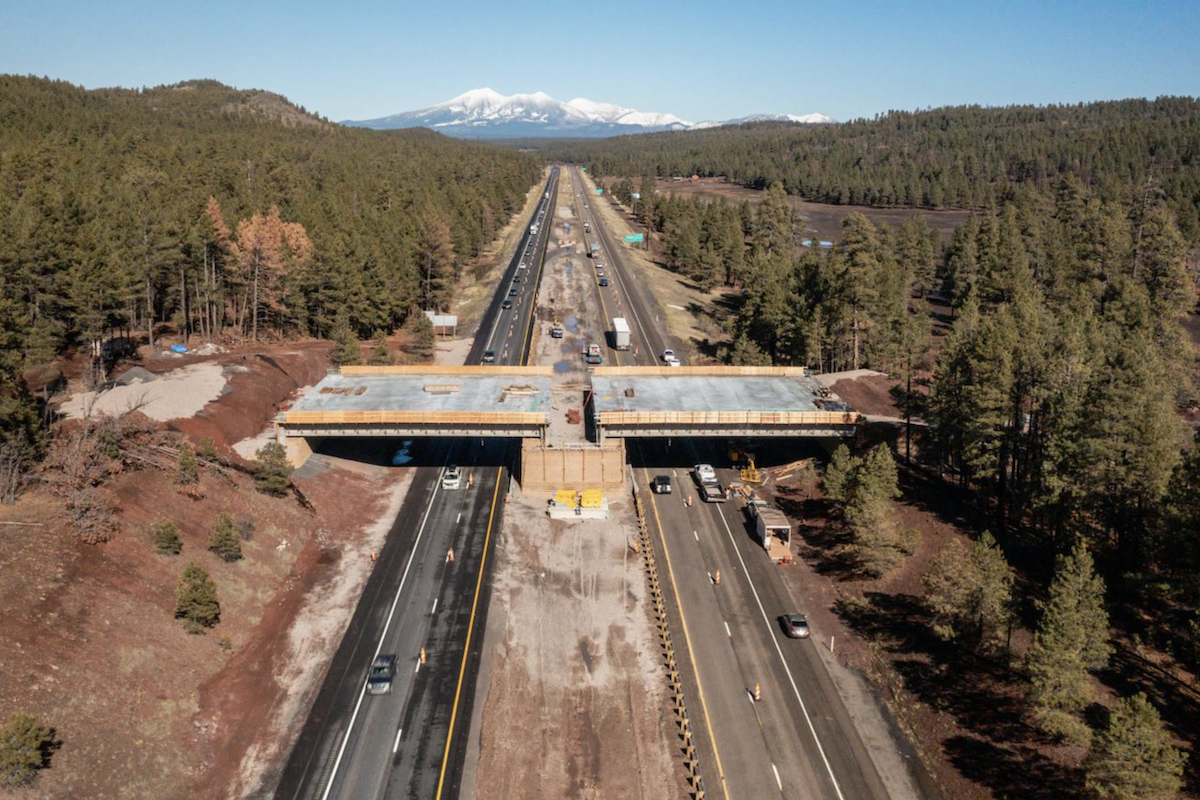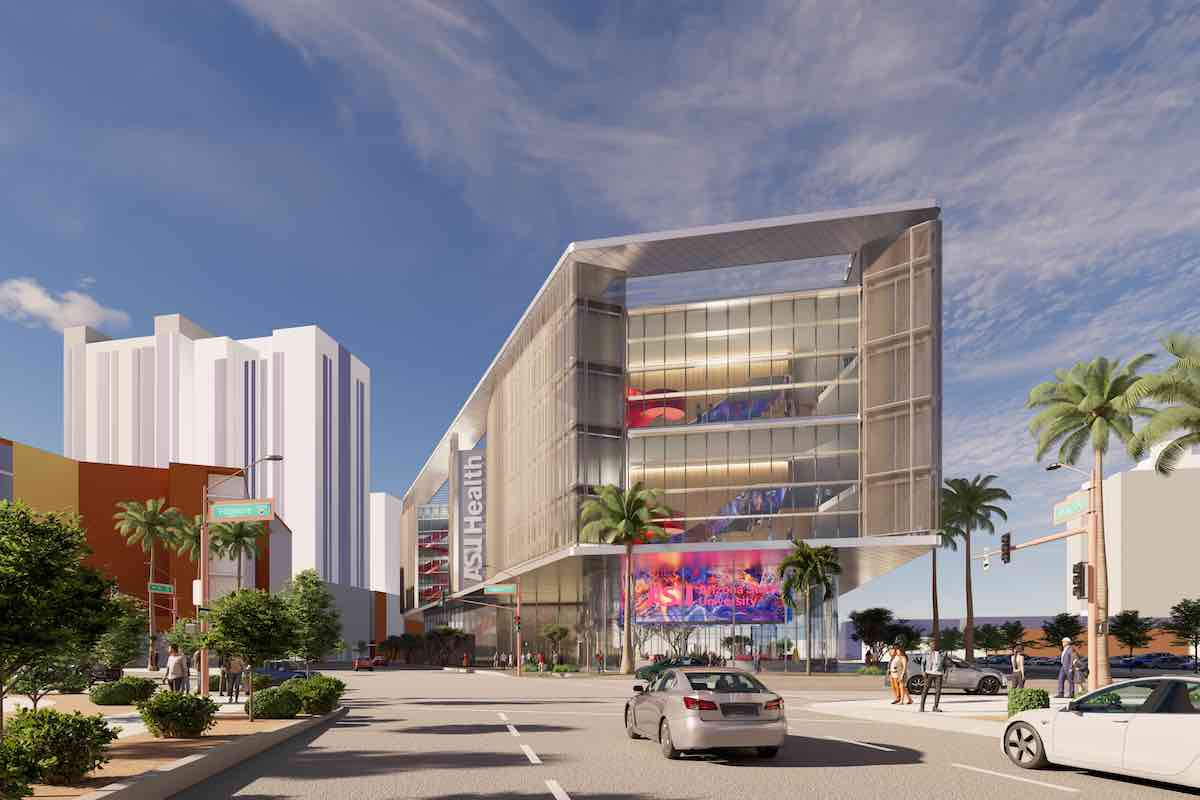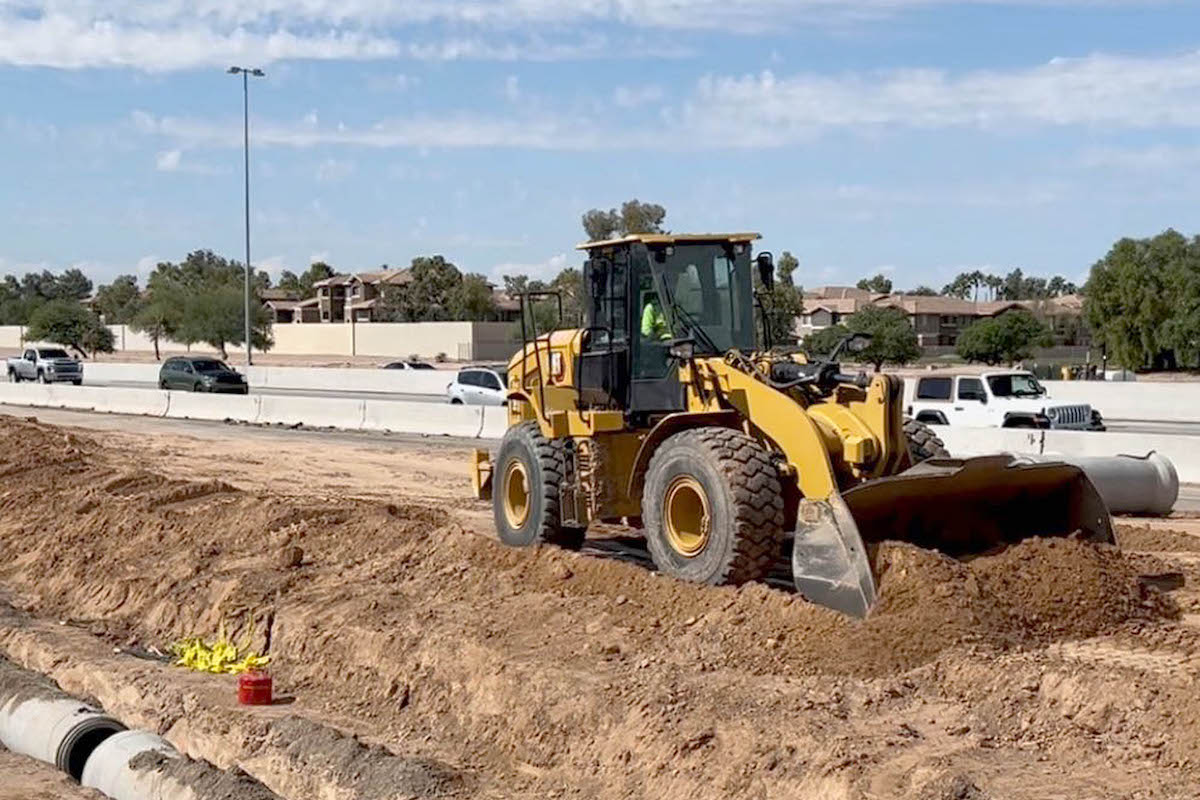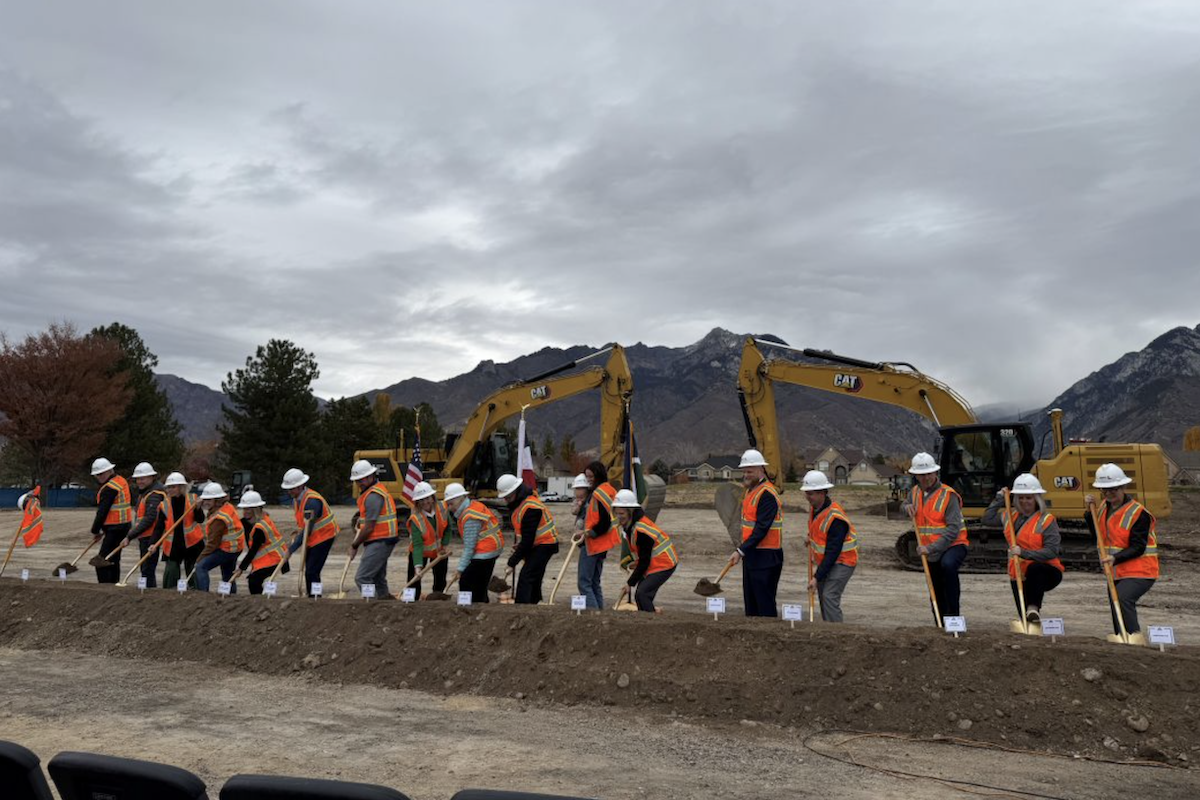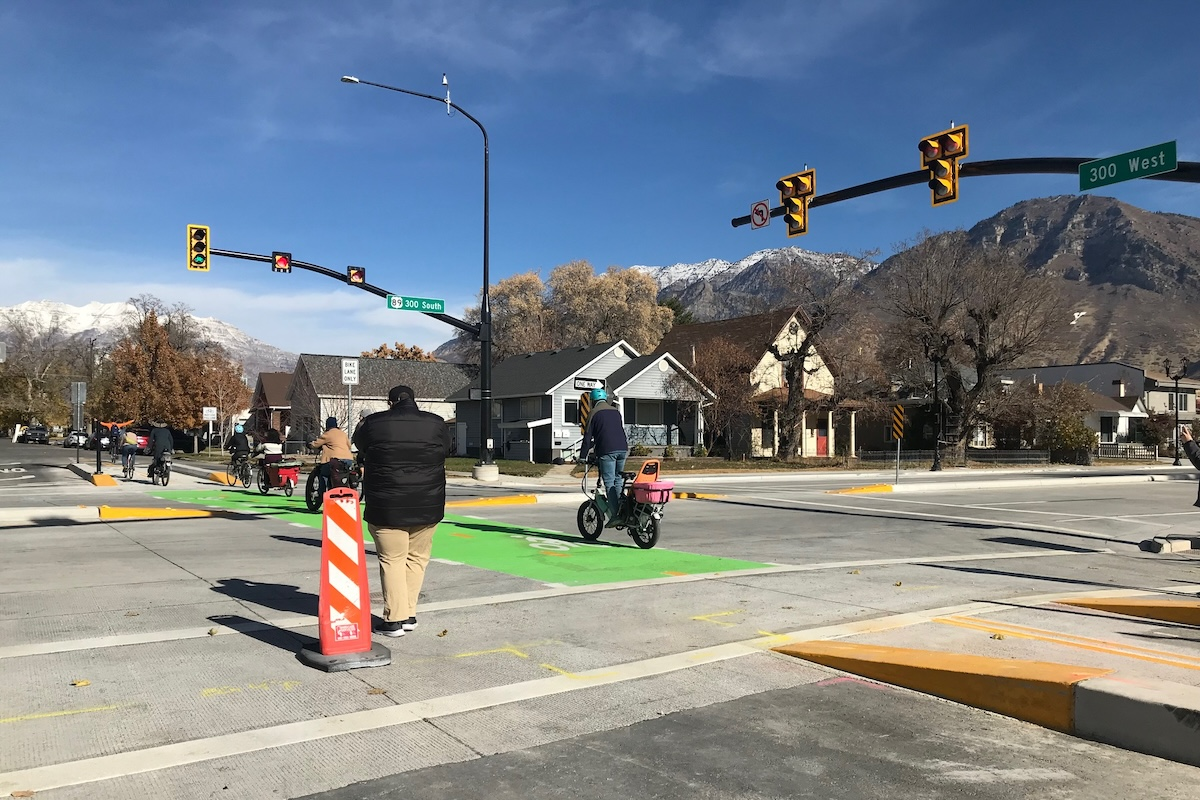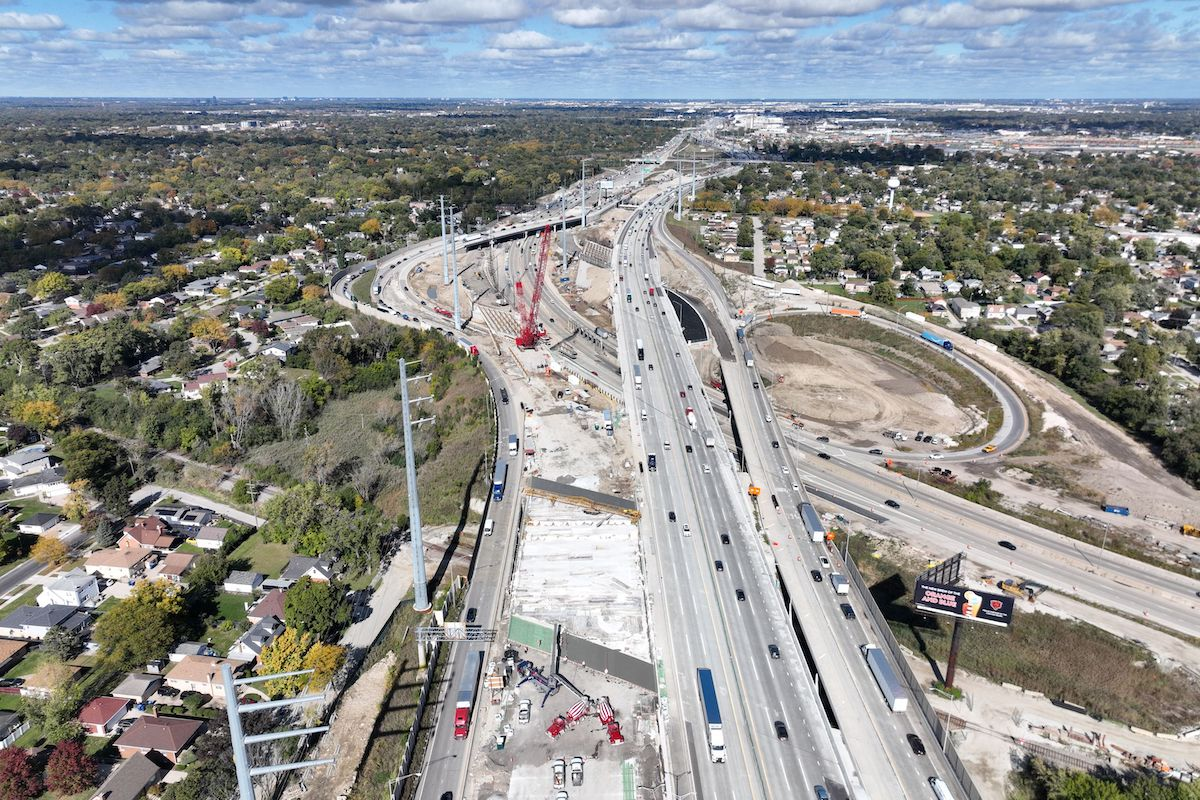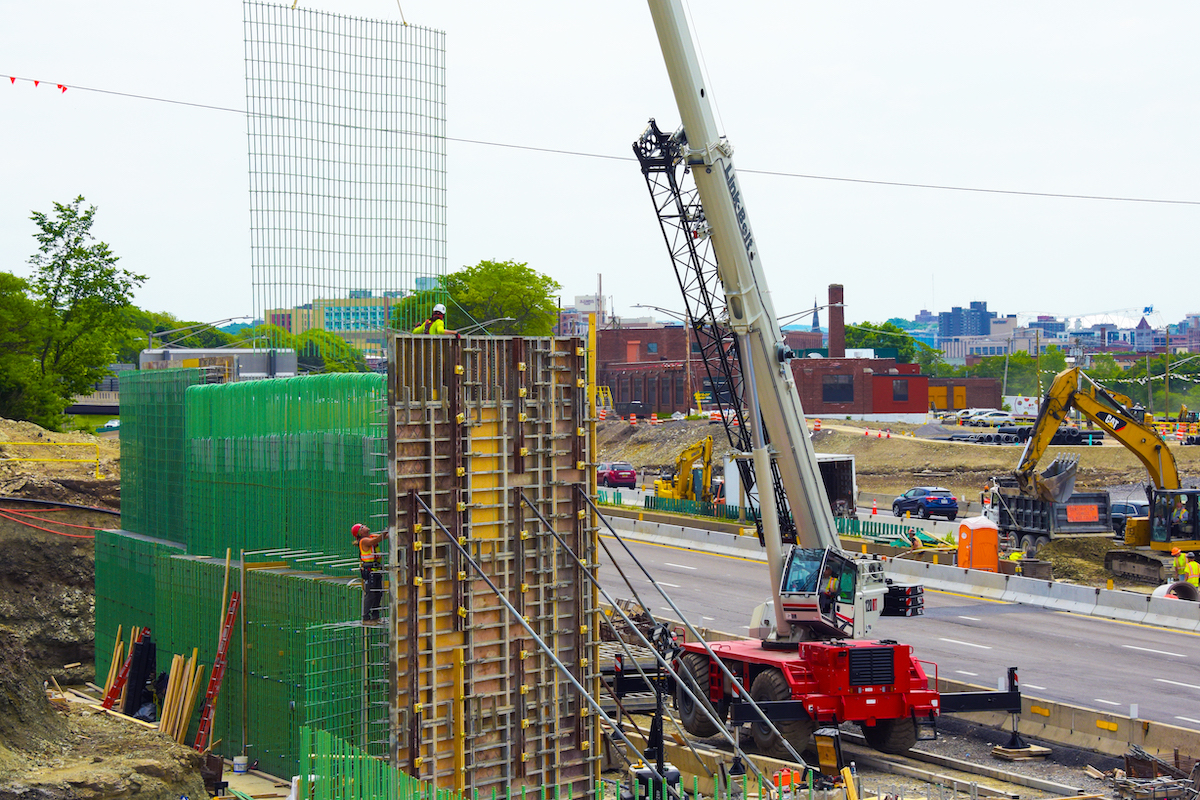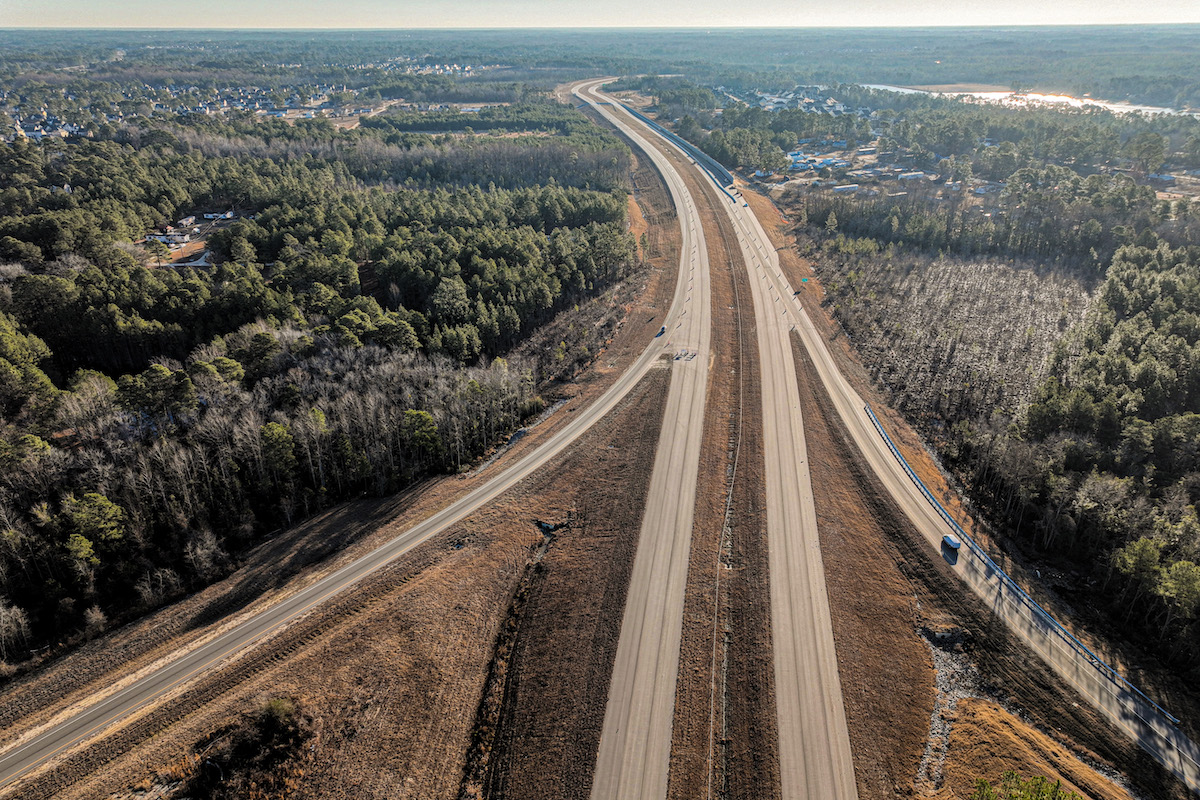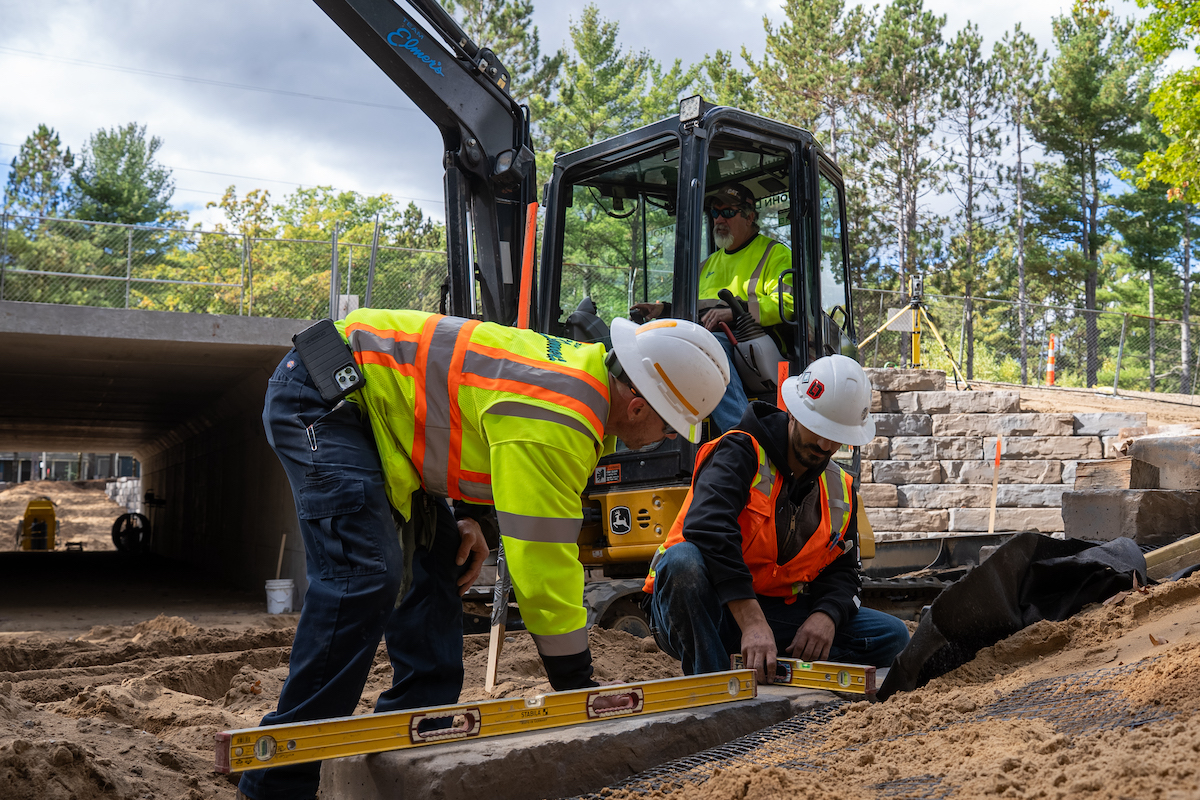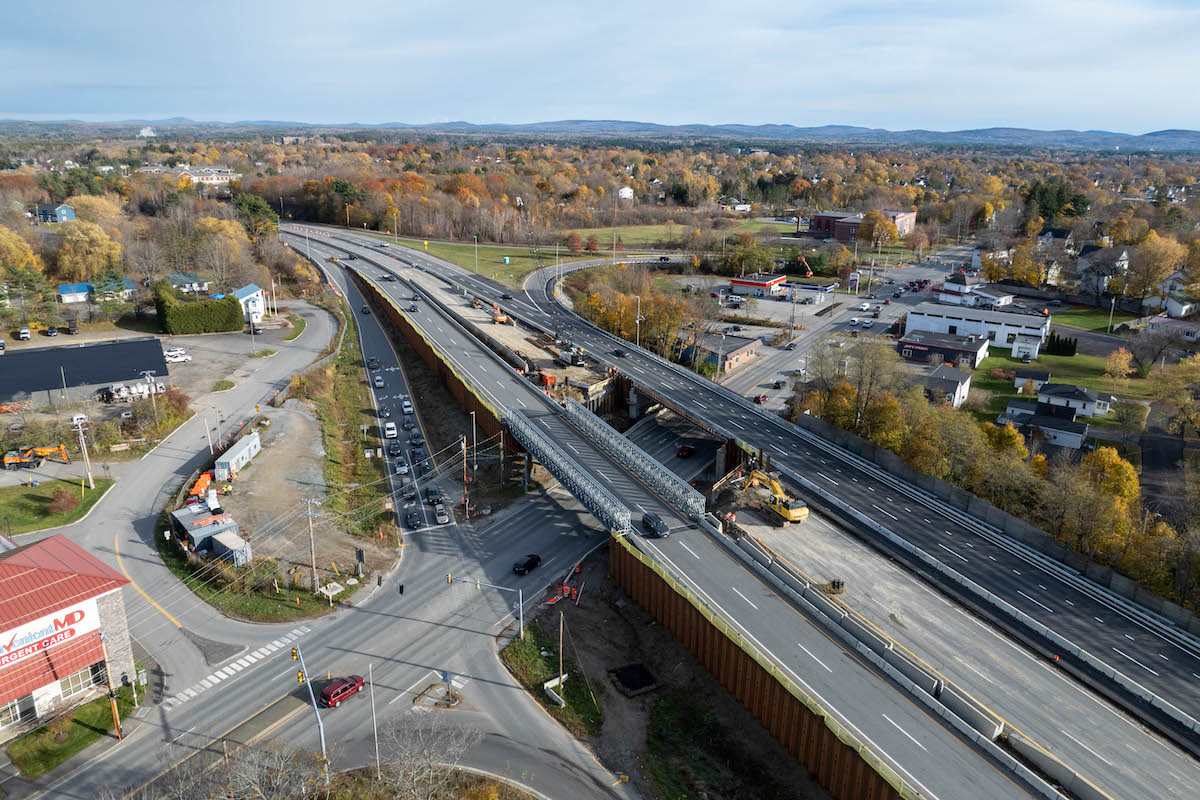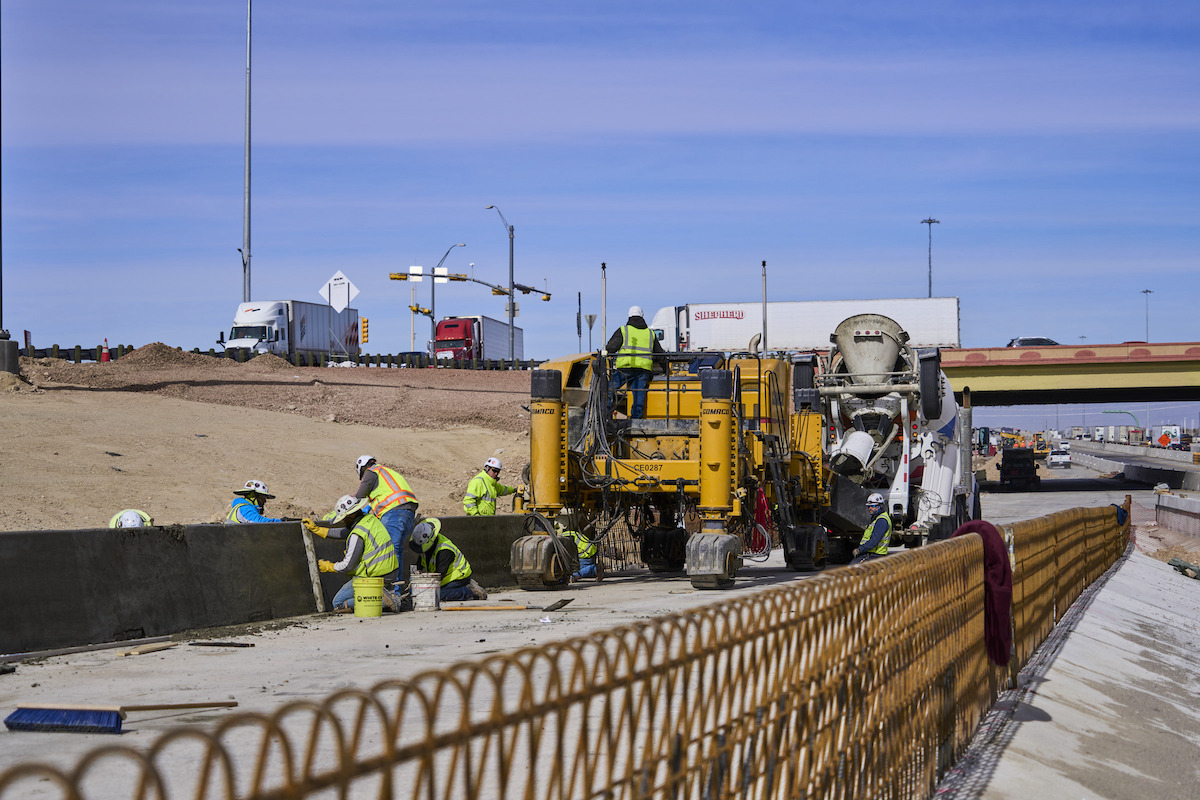Companies develop safety programs for reasons that may seem obvious: they want to prevent injuries of all kinds, so workers don’t suffer the physical effects and both workers and companies don’t endure negative financial or operational impacts. In addition, safety programs can also minimize the potential for damage to facilities and equipment.
But while the reason for safety is obvious, one thing that all too often fails to be considered is that safety programs work only when workers have a solid awareness of safety issues. Companies can invest large amounts of money into their safety efforts, but if workers aren’t fully aware of the importance of safety and the roles they play, those efforts are likely to be unsuccessful.
When workers have strong awareness of safety and its importance, they’re more likely to develop work practices that reduce the potential of injuries and damage. In addition, research has proven that when workers feel safe, they tend to be more productive and happier with their jobs. That’s why building awareness among workers is one of the most important steps in creating an effective safety program.
Often, when company leaders think about increasing safety awareness, the image that comes to mind is some sort of one-time or brief “campaign” or event. One common example is trying to enhance the safety of a workplace by hanging safety-themed posters around. Another is designating a particular day as Safety Day and passing out safety-themed T-shirts or caps.
It isn’t that activities such as these can’t serve a purpose in advancing safety awareness. The problem is measures like these are temporary, when safety is something that should be a constant part of the workday. Safety isn’t something that workers learn by glancing at a poster and then going off to work. Truly effective safety programs keep workers aware of safe practices throughout the workday and beyond. They become as familiar to workers as the techniques they employ and the tools they use.
Safety isn’t one element of a workplace. It’s a value that should flow throughout a company’s culture and be present in every activity. It’s a mindset that leads workers to pause before performing any task to get a sense of the potential hazards related to that task and what the worker can do to mitigate or eliminate those hazards. Just as important, safety isn’t only about protecting oneself. Strong safety awareness also creates an environment in which workers look out for each other and call attention to potentially dangerous situations. When a company develops a strong safety culture, it builds safety into everything its employees, subcontractors, and vendors do.
How does a company create such a safety culture? It begins at the top. The company’s top leaders must make it clear that safety is a priority for the company. In addition, words aren’t enough. Workers have to see that managers and other leaders are living up to that priority. If a top executive walks onto a jobsite without wearing the right personal protective equipment (PPE) or following proper procedures, workers will conclude they don’t need to, either. If a supervisor scolds a worker who doesn’t want to proceed with an unsafe task, the co-workers will be convinced that the safety commitment is nothing but talk. By contrast, if the supervisor backs up and publicly compliments a worker who intervenes, others will also take safety seriously. The following are some other ways companies can boost awareness of safety.
Take Training Seriously
Basic safety training is required by law, but companies with strong safety cultures go well beyond the minimum legal requirements and offer more extensive training opportunities. The better workers understand not only the proper procedures, but the rationale behind those procedures, the more they’ll apply similar reasoning to other situations they encounter.
First Impressions
When workers walk on to your worksite, what’s the first impression they get? If one of the first things they see conveys a safety message – such as a list of the PPE required when setting foot on the site – they’ll get a subtle reminder that safety is important and one of their biggest responsibilities. Safety posters may also be effective, but only if they’re prominent and changed regularly. If the same message about safety footwear has been hanging in the entryway for a year, it’s likely that nobody notices it anymore.
Talking Frequently
Safety should be a regular element of daily conversations with workers, whether that’s a daily toolbox talk or a quick huddle before beginning a new task. These conversations need to be just that – back-and-forth discussions between supervisors and workers about the potential hazards and safe choices – rather than “do this/don’t do this” lectures.
Refresher Training
Items such as spill kits and fire extinguishers are important elements of safety programs, but when was the last time workers actually practiced using them? When an emergency arises, will they instinctively know what to do? Schedule regular sessions to reacquaint them with tools they haven’t touched in years, and you’ll be confident they have the knowledge to react when something happens.
Reward the Good
Traditionally, a big part of supervisors’ jobs involved calling attention to mistakes and disciplining the workers who made them. In an effective safety culture, that shifts. Instead of focusing on punishments, supervisors can call attention to safe actions and behavior as a model for other workers. You can even give some kind of reward, such as a gift card to a local restaurant or hardware store, or a day off with pay. Some workers may seem to be embarrassed by the attention, but deep down, people like to be recognized for a good job.
Gather Input
Surveys can be a great way to take a measurement of your team’s thoughts about safety. Whether you use an anonymous paper form, a free online tool like Survey Monkey, or some other means, creating brief surveys can help you measure knowledge and compliance, or detect potential issues that need to be addressed.
Good Signage
Workplace safety and local zoning laws offer explicit rules for all types of safety signage, but some workplaces achieve little more than minimum compliance. Correctly placed and clearly visible signage is important for a reason: in a crisis moment, it lets workers know what to do (or not to do) or where to go. In the panic surrounding a fire, someone might forget the location of a safe exit, so clear signage will make sure they get to safety. The same applies to the location of items such as fire extinguishers and first aid kits, as well as the locations of hazards such as overhead power lines. In addition, floor markings such as yellow lines should be kept highly visible. If they become dirty or start to fade, repaint them or touch them up.
Eliminate Clutter
Cleanliness is an important aspect of a safe worksite. Clutter can create trip and fall hazards and may even increase the potential of fire when it’s made up of flammable objects. Set time aside for a quick clean-up session, and workers will begin to get in the habit of keeping things cleaner.
You may have noticed that the strategies outlined here are fairly simple and economical. That’s absolutely true. Creating a safety culture is all about attitudes, not things. The steps we’ve provided are an effective way to support and enhance the culture you’ve created, and they’re likely to provide a measurable improvement in safety outcomes.












